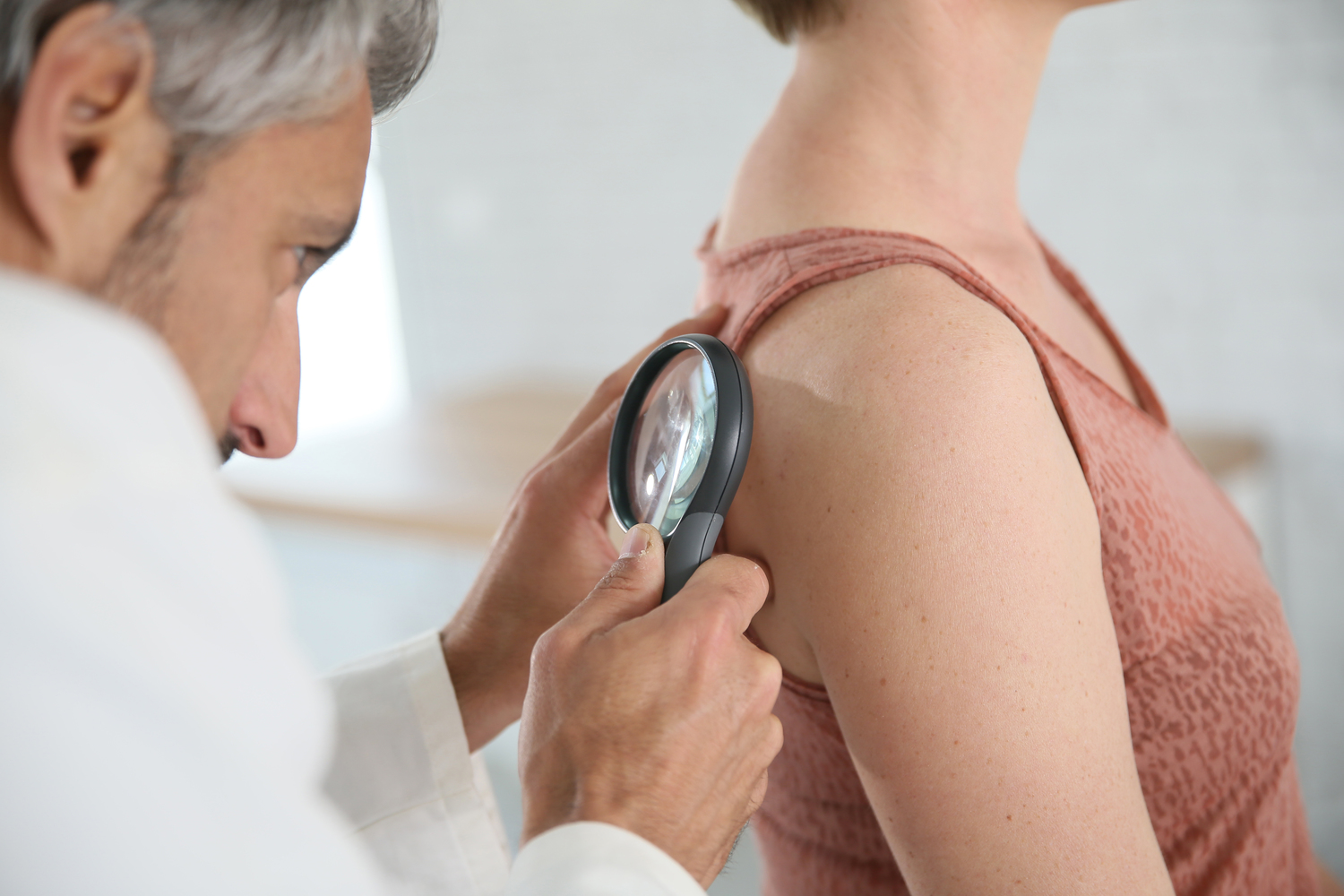
Melanoma: Prevention, Symptoms, and Treatment
Melanoma is a very serious type of skin cancer that develops in the cells (melanocytes) that produce melanin, which is the pigment that gives your skin its color. It could also form in your eyes in rare cases and in the internal organs like the intestines. The exact reason for developing this cancer is not known, but it is mostly due to extreme exposure to ultraviolet (UV) radiation from sunlight or tanning beds and lamps. It has been found that people under the age of 40 have more chances of getting it, especially women. Melanoma treatment is possible and is successful if detected early. Herein, we discuss prevention methods and symptoms of melanoma along with treatment options.
1. Prevention
It is best to follow some basic things to avoid getting melanoma, such as avoiding excessive exposure to UV rays. You can use sunscreen lotion when you are out and reapply after every two hours; you must also do this for your children. You can also wear clothes that protect against the sun. It is advisable to avoid tanning booths, lamps, and sunbeds.
Self-examination is the first step toward diagnosing this cancer. Any changes in the appearance of the skin or existing moles and freckles should be reported to the doctor. You must have your back and other hidden areas of the body also for any kind of abnormality.
2. Symptoms
Like other cancers, the early stages of Melanoma are hard to detect, which is why it is important to regularly check the skin for any changes. Any alteration in the skin’s appearance are key indicators and should be reported immediately.
The first signs and symptoms of Melanoma are a change in an existing mole and the development of a new pigmented or unusual skin growth. Normal moles are usually of skin color or brown or black but an unusual mole will have certain irregularities, such as:
- An irregular, scalloped, or notched border
- Different color or an uneven distribution of color
- It would be much bigger than the regular mole
- Grow in size or change in shape, causing itching or bleeding.
3. Hidden melanoma
Melanoma can develop in hidden parts of the body too like spaces between toes, palms, scalp, sole, or genitals. So it is important to keep checking yourself regularly. Be wary of:
- Sores that don’t heal
- Spreading of pigment from the border to a spot around the surrounding skin
- Redness or swelling beyond the mole border
- Itchiness, redness, or pain in the mole
4. Melanoma treatment
Like other cancers, melanoma treatment is similar but since it is usually on the surface of the skin, it is easier to access it and remove it completely. Surgery is the most common treatment for melanoma. It involves completely removing the lesion and some of the normal tissue around it. Since melanoma covers a larger area, skin grafting might be required, and if the cancer cells have reached the lymph nodes, a biopsy might be performed. Other melanoma treatment options include Chemotherapy, in which medications are used with the help of the immune system to fight the cancer cells, and photodynamic therapy. The latter option is rarely used as a treatment option for melanoma, in which a combination of medications, light, and radiation is used.


